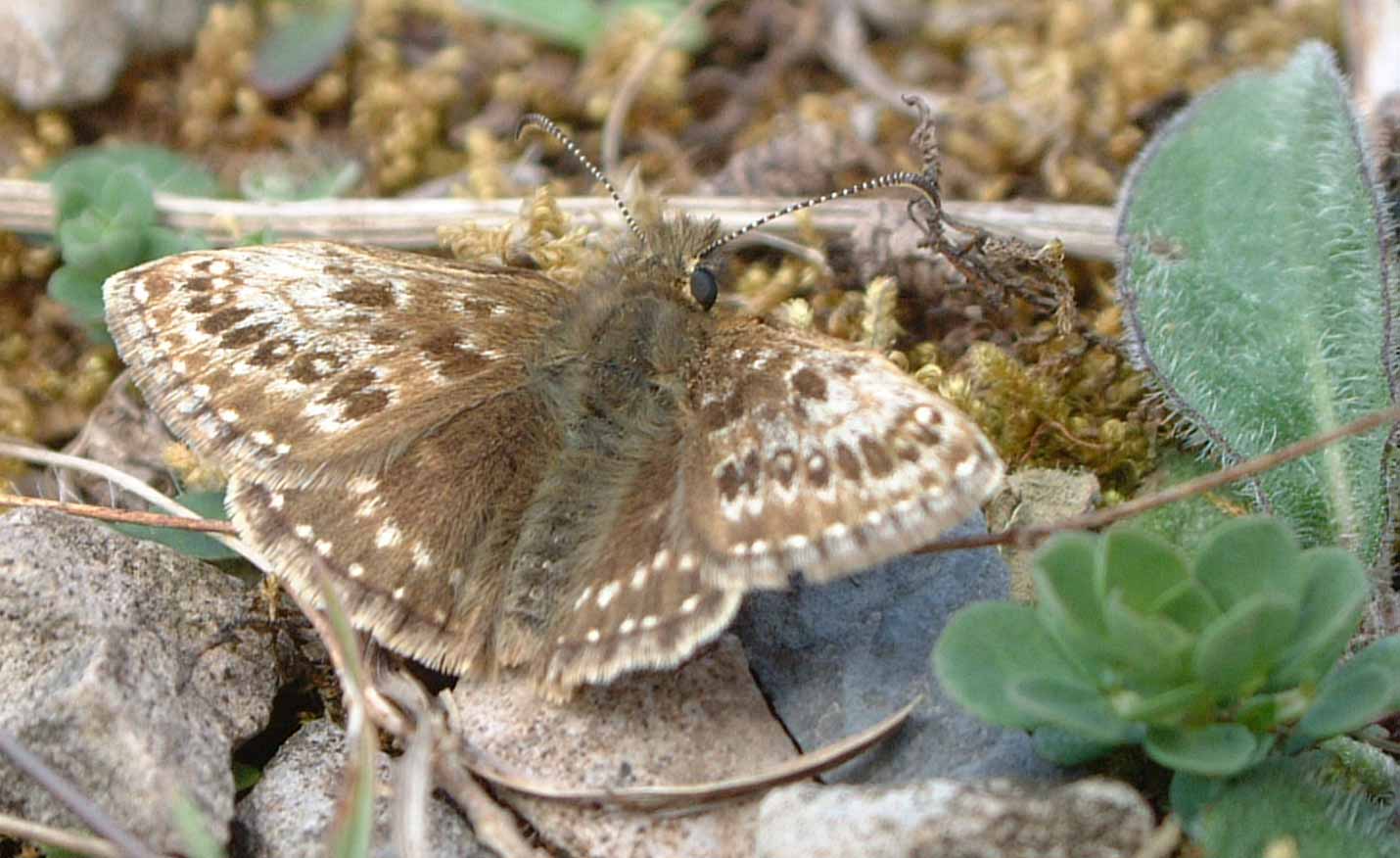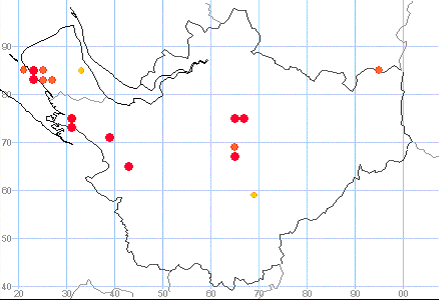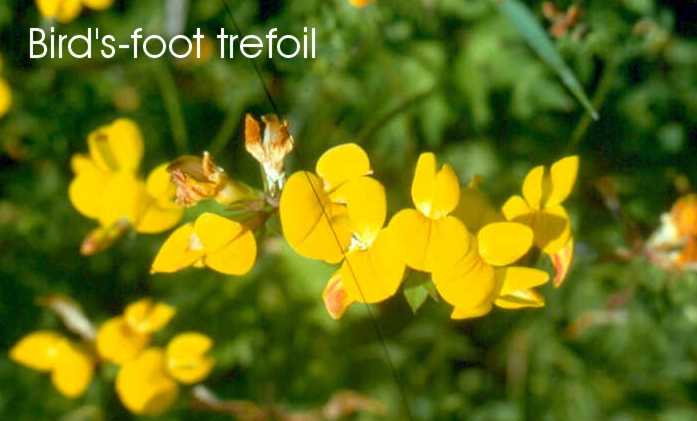DINGY SKIPPER (ERYNNIS TAGES)
LOCAL BIODIVERSITY ACTION PLAN
Links to associated HAPs
Limebeds
 Current Status
Current Status
The population of dingy skipper is confined to four sites in the Cheshire region (the Witton Limebeds complex at Northwich, The Weaver Parkway, Wirral Way and Lea-by-Backford)
The species favours short turf where it's larval foodplant bird's-foot trefoil grows. It lives in small colonies in areas of rough ground or disused railway embankments, where there are warm sunny patches of bare earth on which it can bask.
This species is quick to recolonise adjacent areas of suitable habitat. At the Northwich site it has moved from areas as and when the preferred habitat has changed from short turf and bare ground to longer grass and scrub. The sites at Northwich and the Weaver Valley Parkway are both post-industrial sites, whilst the Wirral sites are along the old railway and cliffs.
Threats
- Loss of suitable habitat through invasion of scrub and erosion of grassland due to walkers.
- Unsuitability of adjacent sites for re-colonisation naturally.
- Loss of habitat through land reclamation and / or development.
How are we helping to conserve the Dingy Skipper in the Cheshire region?
- Habitat creation schemes to favour the Dingy Skipper as part of Cheshire County Council's derelict land reclamation scheme.
- Ongoing monitoring at key sites.
Objectives, Targets and Actions
OBJECTIVES |
LOCAL TARGETS |
Encourage the management of suitable sites to safeguard its future and to increase the populations of dingy skipper on all existing sites and ensure that the species does not become extinct in the Cheshire region |
To achieve suitable management of all existing sites by 2005 |
ACTIONS REQUIRED |
- Monitoring of Witton SSSI and Ashton's Flash to ascertain success (or otherwise) of management work.
|
Progress so far
| 1997 - 2006 Action Completed |
-
Local Biodiversity Action Plan Group established in 1997. Member bodies include several action plan implementers and individuals with specialist interest in the species. Butterfly Conservation Cheshire and Peak District are leading the group. Systematic monitoring has been set up at the established and potential sites in the Cheshire region. A series of Training Days have been held. A successful Landfill Tax bid to ICI means that this LBAP shares in excess of £22.5k. Records are collated by the Cheshire and Peak District Branch of Butterfly Conservation.
-
During the winter of 1998/99 management work was undertaken at the Witton sites and along the Weaver Valley Parkway by the BTCV's New Deal team. Approx. 180 person days were spent removing invasive birch and willow scrub from the sites. Monitoring work continued on the established sites and a successful training day was held specifically for Wirral recorders.
-
Due to lack of funds and no project officer no work was undertaken during the 2001/2002 winter
-
Witton SSSI cleared of scrub in 2003 to benefit Dingy Skipper.
-
Presence of colony at adjacent Ashton's Flash taken into account in the design for the reclamation of Ashton's Flash in 2003.
-
Survey of key sites undertaken in 2003 to monitor effects of previous year's management work
|
How to find out more about the Dingy Skipper
UK Butterflies - http://www.ukbutterflies.co.uk/index.php
Butterfly Conservation - www.butterfly-conservation.org/species/bdata/butterfly.php?code=din
Contact details
| LBAP Chair |
Paul Hill, Lepidoptera & Odonata LBAP Action Group
0871 734 0111 |
References & Glossary
Guidelines for producing Regional Action Plans. British Butterfly Conservation Society, Wareham.
Guest J (1997): pers comm.
HMSO (1995): Biodiversity: The UK Steering Group Report. Volume I: Meeting the Rio Challenge, London
HMSO (1995): Biodiversity: The UK Steering Group Report. Volume 2: Action Plans, London
Hill PM and Roberts B (1998) Action for Dingy Skipper - report on activities of the LBAP Group
Rutherford CI (1983); Butterflies of Cheshire 1961 - 1982. The Lancashire and Cheshire Entomological Society
Shaw B (1999): The Butterflies of Cheshire National Museums and Galleries of Merseyside, Liverpool


 Current Status
Current Status 
